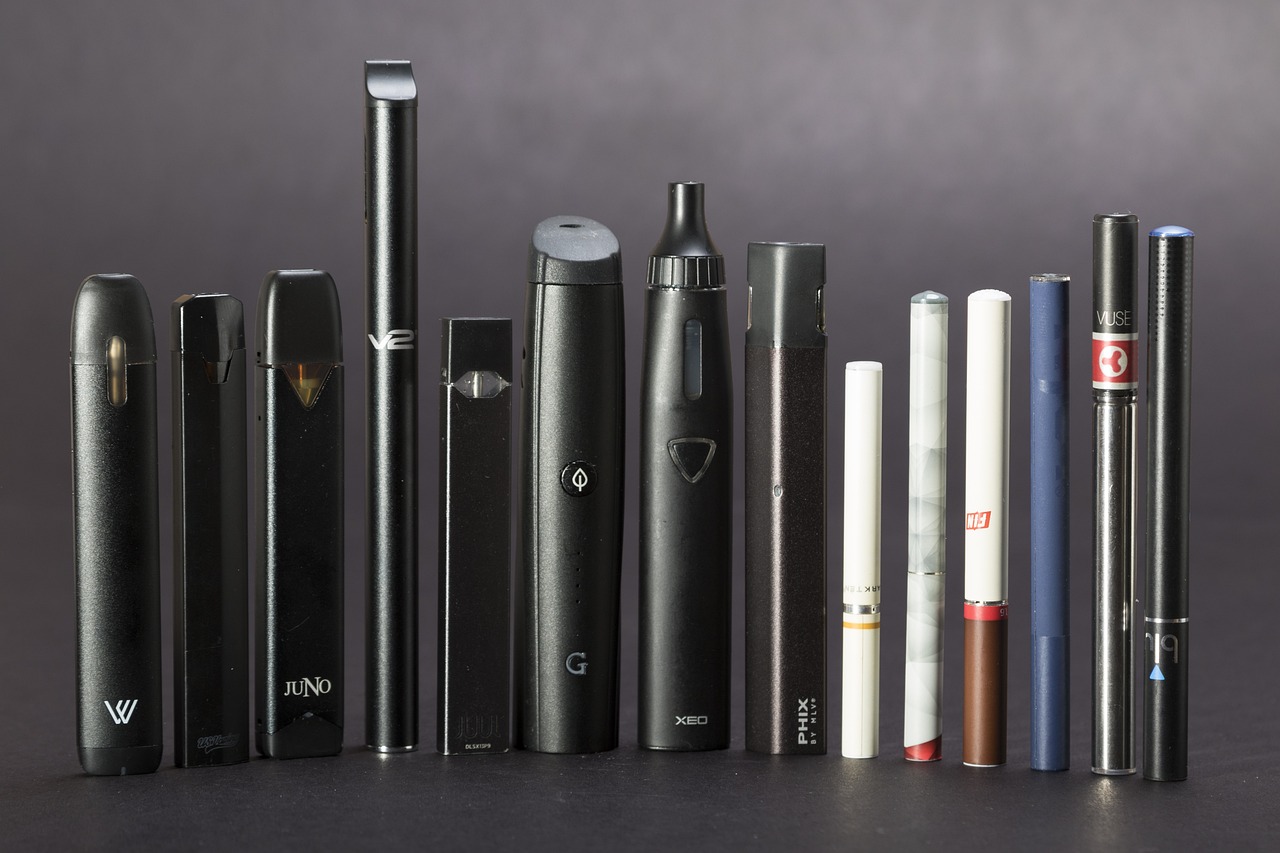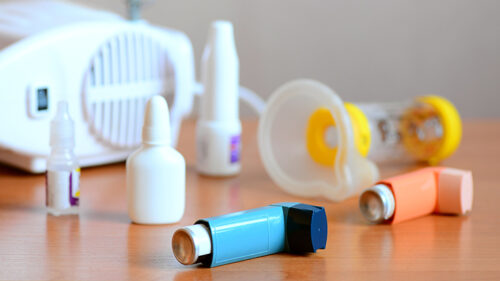
By Debbie Bunch
April 21, 2025
Exclusive use of E-cigarettes Linked to Increased Risk of COPD
According to researchers from Johns Hopkins, people who use e-cigarettes alone, without concomitant use of combustible cigarettes, are more likely to develop COPD than those who don’t smoke any type of cigarettes.
The finding came from an analysis of medical information from 249,190 people. Among that group, 203,932 were never smokers, 3,164 reported using e-cigarettes exclusively, 33,778 reported using combustible cigarettes exclusively, and 8,316 reported using both e-cigarettes and combustible cigarettes.
Over a four-year follow-up period, 23,745 new cases of hypertension, 13,179 new cases of type 2 diabetes, 7,925 new cases of COPD, 9,801 new cases of heart failure, and 6,139 new cases of atherosclerotic cardiovascular disease were identified in the entire group.
As expected, exclusive use of combustible cigarettes raised the risk for all of the diseases in the study, as did dual use of combustible and e-cigarettes. Less expected was the news on COPD and hypertension among exclusive users of e-cigarettes.
While exclusive e-cigarette use was not significantly associated with type 2 diabetes, heart failure, hypertension, or atherosclerotic cardiovascular disease in the group overall, it was significantly associated with COPD. A possible increased risk was seen for hypertension in those between the ages of 30 and 70.
The researchers emphasize that these risks were lower than those seen with combustible cigarettes, but they believe they are still troubling.
“These results are a critical stepping stone for future prospective research on the health effects of e-cigarettes,” said study author Michael Blaha, MD, MPH. “While in this short-term study, there was no association between exclusive e-cigarette use and cardiovascular events, there was an association with incident COPD and possibly hypertension that will need to be closely watched over longer-term follow-up.”
The study was supported in part by grants from the National Heart, Lung, and Blood Institute and the U.S. Food and Drug Administration’s Center for Tobacco Products.
The authors published their findings in Nicotine & Tobacco Research. Read Press Release Read Abstract

Delivering Asthma Inhalers During the School Day Reaps Rewards
A school-based program that aims to administer asthma inhalers to children with asthma during the school day has paid off for kids in Columbus, OH.
The program, called school-based asthma therapy (SBAT), was developed by U.S. researchers. It requires cooperation between schools, school nurses, health care providers, insurance companies, pharmacies, and families. Children in the program receive two inhalers: one for home and one to keep at school. School nurses administer the inhaler according to the physician’s prescription while the child is at school. If other doses are needed, they are administered by parents at home.
A study on the program found significant health benefits for the children and families who participated, as well as significant cost savings.
The authors note the program initially cost about $3,000 per student per year but dropped to as low as $500 after the schools had firmly established their programs. The average annual cost came in at $1,500 per student, and the researchers estimate it can save $5,000 to $7,000 in medical expenses per student per year due to the better asthma control that results.
“In one year, for 633 students, we were able to reduce emergency department visits by 49%, urgent care visits by 41%, hospitalizations by 50%, and pediatric intensive care unit admissions by 71%,” said lead study author Kimberly Arcoleo, from Michigan State University.
Less time in the health care system for kids resulted in better educational outcomes, too. According to Arcoleo, missed instructional times dropped by 16% for kids in elementary school and by 25% for those in middle and high school. Disruptive behavior declined by 7%.
The authors concluded, “The interprofessional SBAT program could serve as a model to improve asthma care, reduce morbidity, and close health disparities gaps for marginalized children with poorly controlled asthma, many of whom have limited contact with the health care system.
The study was funded by the National Heart, Lung, and Blood Institute and published by the Journal of Allergy and Clinical Immunology. Read Press Release Read Full Paper

Inpatient PR Improves Functional Independence, Mortality
Swiss researchers have found that a three-week inpatient pulmonary rehabilitation (PR) program can significantly improve scores on the Functional Independence Measure (FIM) for patients with both COPD and fibrotic interstitial lung disease (ILD), and it also reduces the risk of death.
They reached that conclusion by comparing outcomes for 147 COPD patients and 76 patients with fibrotic ILD before and after they participated in the PR program. Overall results showed:
- Significant improvements in two score types of the FIM from rehabilitation entry to discharge: median total score (ILD, 103 to 115; COPD, 104 to 114) and median motor score (ILD, 73 to 84; COPD, 74 to 84). These findings held even after the researchers split the total population by age, sex, BMI, smoking status, underlying respiratory disease, and pulmonary function.
- Significant changes in median 6-minute walk distance (6MWD) for both groups of patients (ILD, 230 m to 303 m; COPD, 245 m to 320 m).
- Three years following PR, more than half of the patients were still alive, but survival rates were higher among those with COPD vs. those with ILD throughout the study. The one-year survival rate was 93% for COPD patients compared to 83% for ILD patients; the two-year survival rate was 84% versus 70%, and the three-year survival rate was 73% versus 40%.
- The risk of mortality decreased by 3% as both the FIM motor score and the FIM total score increased by 1 point. However, the significance of these findings was lost when the model was adjusted for potential confounding variables.
The authors note that patients who entered PR with a high level of independence and showed above-average improvements during PR had the lowest mortality risk over the following three years. However, those who began with a low FIM but achieved above-average improvements during PR had lower mortality risks than those with below-average improvements.
“These findings support the importance of inpatient PR for all patients with a chronic lung disease, regardless of the severity of their illness and their dependence on caregivers,” they wrote. The study was published by Respiratory Medicine. Read Article Read Full Paper








